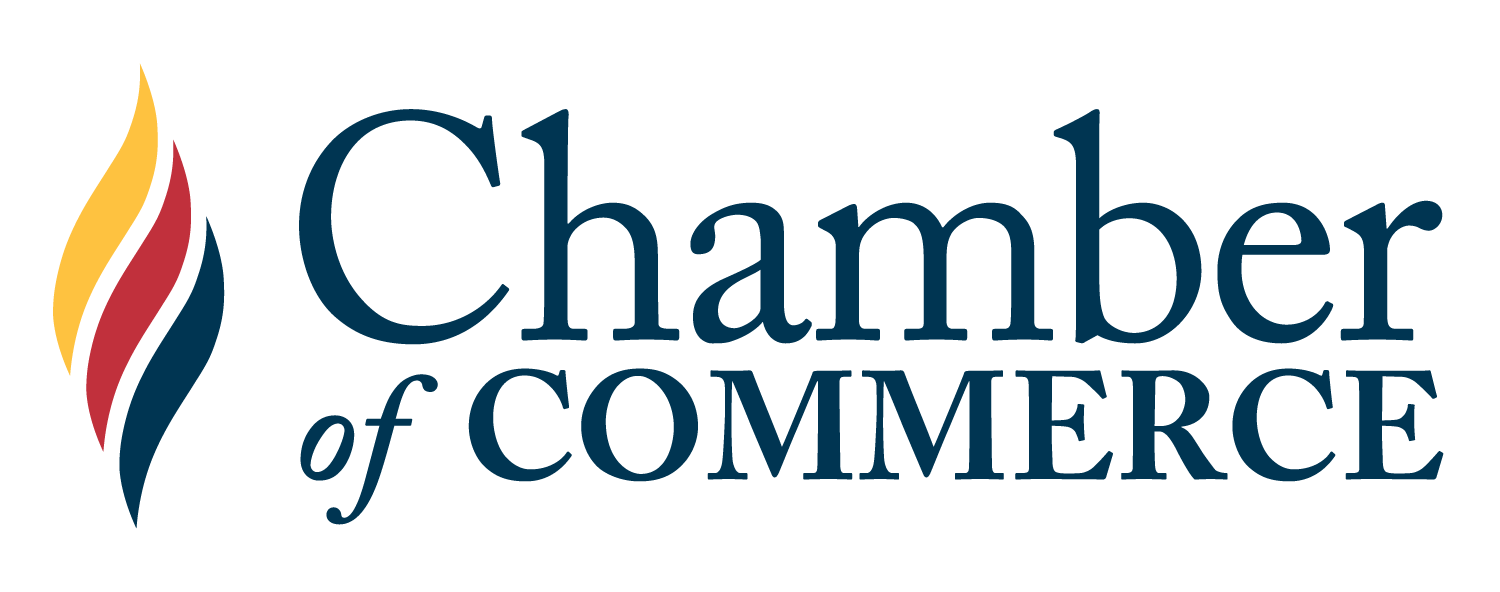Business Beat: What is Machine Learning?
If you’ve ever Googled machine learning (ML), you’ll notice that your list of articles will include in-depth discussions about algorithms, articles about the different types of ML (i.e. artificial intelligence (AI), ML and/or deep learning (DL)), several articles on what computer languages you should learn to work in the ML industry and then there are those that make ML seem magical and futuristic.
In honour of our Machine Learning for Business event scheduled for March 26, I thought I would try to provide an example of ML in simple terms to pique your interest and entice you to attend the event to find out more. If you are interested in attending the event, visit smemachinelearning.eventbrite.com
Let’s say you work in a grocery store and your job is to sort the apples from the bananas. You say to your boss, does this seem like the highest and best use of my time? Your boss says, you’re right, it’s time to use a machine to sort the apples from the bananas and move you to a job more worthy of your skill set.
The machine arrives and has never seen an apple or a banana before, how do you teach it to differentiate between the two? Well, first you give it some parameters, like colour, the closer to yellow the object is, it’s a banana, the closer to red, it’s an apple. We could try to only give it one criterion, but better to provide more information, so we also tell the machine if it’s hard, it’s an apple, if it’s soft, it’s a banana. To keep it simple, we’ll only give it these two clues.
Next, we need to provide the machine with examples (a data set) of the products, so we give it 100 apples and bananas (50 of each), and we ask the machine to sort them according to our criteria above, (red and hard it’s an apple, yellow and soft it’s a banana). The machine, having never seen an apple or a banana, begins with the first item. It’s yellow and soft, so according to our instructions above, the machine sorts it as a banana. The next item is red and hard, machine sorts it as an apple, easy. But what happens when the item is not so obvious, for example an unripe banana (sort of green and hard), or a yellow apple that happened to get into our sample data set. The machine takes a guess (based on the parameters provided), it makes mistakes, gets corrected and then sorts correctly; learning to successfully identify an unripe, green banana as a banana and a yellow apple as an apple. It no longer needs correcting on these criteria, and that is how it learns. It does this over and over with millions of data sets until it makes no mistakes (or nearly no mistakes) and then the machine is ready to take on your old job of sorting apples from bananas in the grocery store and you get promoted into a job that is the highest and best use of your time, “Executive Vice-President of Innovation and Ideas.”
Simplistic yes, but hopefully helpful. I look forward to seeing you at the ML event on March 26 so we can learn together how using machine learning can help your business grow.
Sandra Milne is the Regional Innovation Network Coordinator for APEX Alberta. APEX Alberta has programs to help support the growth of innovative and technology-oriented businesses in Southeast Alberta. APEX Alberta is a collaborative initiative between three core service providers: Community Futures Entre-Corp, Medicine Hat College and Alberta Innovates. Visit apexalberta.ca for more information.
